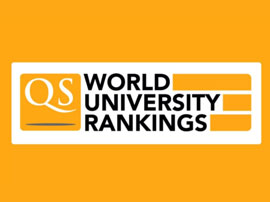生物医学工程哲学博士-生物力学
Doctor of Philosophy in Biomedical Engineering - Biomechanics

学历文凭
Ph.D.

专业院系
Department of Bioengineering

开学时间

课程时长

课程学费

国际学生入学条件
IDP—雅思考试联合主办方

雅思考试总分
7.5
了解更多
雅思考试指南
- 雅思总分:7.5
- 托福网考总分:90
- 托福笔试总分:160
- 其他语言考试:DUOLINGO : 125 or higher
CRICOS代码:
申请截止日期: 请与IDP顾问联系以获取详细信息。
课程简介
Biomechanics is a broad field directed at applying the principles of engineering mechanics, across multiple length scales, to the study of biology and medicine. Topics in biomechanics range from understanding the role of stress in cytoskeleton dynamics as related to cell growth, migration, and adhesion to establishing patient-specific modeling techniques to predict in vivo biomechanical loading environments. The University of Utah has faculty conducting biomechanics research in areas such as: molecular biomechanics, cellular biophysics, cell mechanotransduction, computational biomechanics, hemodynamics, mechanobiology, medical device design, soft tissue mechanics (arteries, cartilage, ligaments), ocular biomechanics, orthopedic biomechanics, cardiovascular biomechanics, tissue engineering, and traumatic brain injury. Given the broad range of biomechanics research at the University of Utah, with faculty spanning numerous departments there exist ample collaborative opportunities and interdisciplinary projects with faculty in the College of Engineering, College of Science, Huntsman Cancer Institute, School of Medicine, and the Scientific Computing and Imaging (SCI) Institute. The Biomechanics track aims to provide students with a strong quantitative foundation in engineering mechanics, physiology, and medicine that will serve them equally well for careers in both academia or industry.
相关申请
 预科
预科 奖学金
奖学金 实习机会
实习机会 在校学习
在校学习 跨境学习
跨境学习 校园授课-线上开始
校园授课-线上开始 在线/远程学习
在线/远程学习
学校排名

世界排名201
数据源:泰晤士高等教育世界大学排名
关于犹他大学

犹他大学位于美国犹他州的盐湖城市,是一所综合性公立大学,由耶稣基督后期圣徒教会信徒建立。学校截止2012年约有30,000学生及4,000多名教职员工。大学共分11部门,获得好评的学科则有商科、传播学、美术、计算机科学、工程、采矿、以及化学等自然科学。犹他大学为美国太平洋十二大联盟会 Pacific-12 Conference(原Pac-10)成员。该联盟目前由由美西十二所著名大学组成,成员包括加州大学伯克利UCB,南加州大学USC,加州大学洛杉矶UCLA,斯坦福大学,亚利桑那大学UA,科罗拉多大学,华盛顿大学UW-Seattle,俄勒冈大学OU等。犹他大学具有完整的学士、 硕士及博士学位,拥有73个系和94个研究学科。在校学生人数约为26000人,分别来自全美50个州和全世界109个国家。犹他大学近八成学生都获得校内兼职工作,因离盐湖城Downtown较近,且有轻轨系统直通校内,学生的校外兼职机会也颇多。学习成绩优异的学生有机会进入学校的荣誉学院Honor College,获得更多的学术研究机会。犹他大学始建于1850年,是美国著名的公立大学之一。该校位于美国犹他州盐湖城,校园依山傍水、风景别致,距离周围的几个国家公园仅三个小时左右的车程,是美国国家公园环境的国家级大学。据抽样调查,1999年盐湖城被评为全美最佳居住城市之一。
本校相关课程
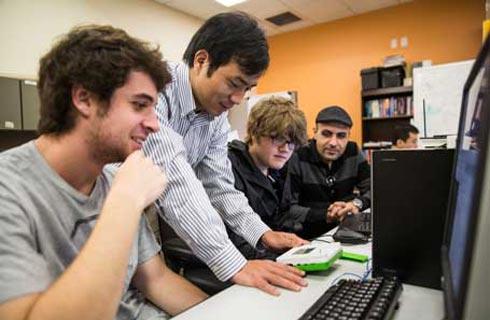
Master of Science in Special Education (with Licensure)
学历文凭
Masters Degree
开学日期
课程费用总额


统计硕士(数学)
学历文凭
Masters Degree
开学日期
课程费用总额


生物统计学统计学硕士
学历文凭
Masters Degree
开学日期
课程费用总额

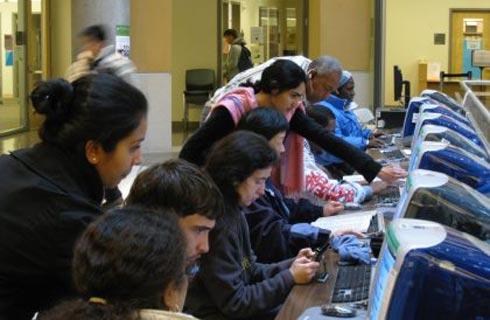
Master of Social Work (MSW)
学历文凭
Masters Degree
开学日期
课程费用总额


国际事务和全球企业理学硕士
学历文凭
Masters Degree
开学日期
课程费用总额


Master of Arts in Political Science
学历文凭
Masters Degree
开学日期
课程费用总额

其他相关课程
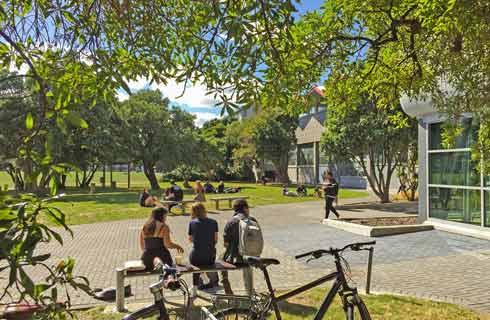
Bachelor of Science in Engineering Management - Biomedical Engineering (Neural Engineering Track)
伊利诺伊理工大学-CEG
学历文凭
Bachelor Degree
开学日期
课程费用总额

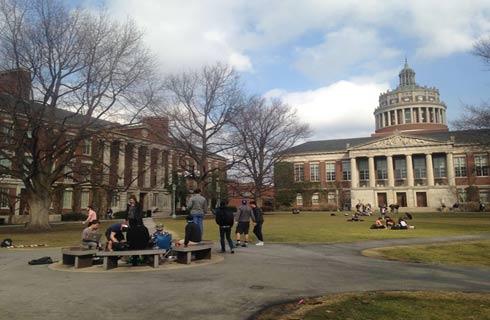
生物医学工程专业双理科学士学位,监管生物医学工程领域的工程学硕士
 乔治华盛顿大学
乔治华盛顿大学泰晤士高等教育世界大学排名:209
学历文凭
Combined Baccalaureate and Master's Prog
开学日期
课程费用总额

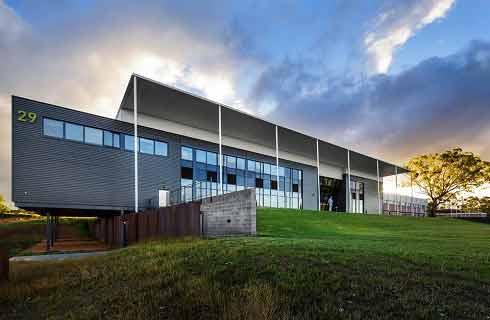
电气和计算机工程应用科学硕士-生物医学工程
 滑铁卢大学
滑铁卢大学学历文凭
Masters Degree
开学日期
课程费用总额

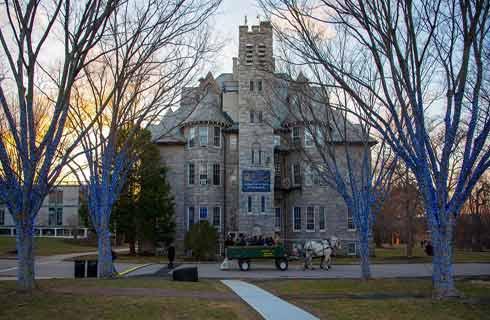
Doctor of Philosophy in Biomedical Engineering
 南佛罗里达大学
南佛罗里达大学泰晤士高等教育世界大学排名:395
学历文凭
Ph.D.
开学日期
课程费用总额


生物医学工程理学硕士
 新泽西理工学院
新泽西理工学院泰晤士高等教育世界大学排名:549
学历文凭
Masters Degree
开学日期
课程费用总额

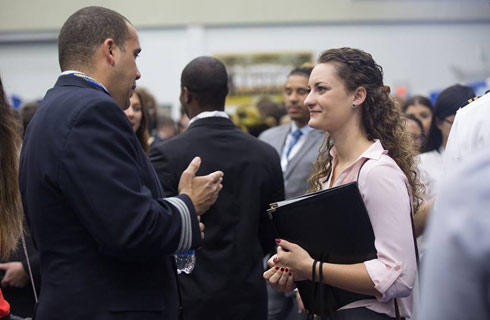
Master of Science in Biomedical Engineering - Biophotonics
 加州大学欧文分校
加州大学欧文分校学历文凭
Masters Degree
开学日期
课程费用总额








